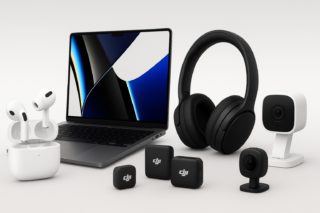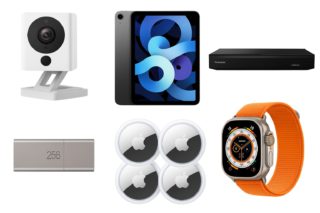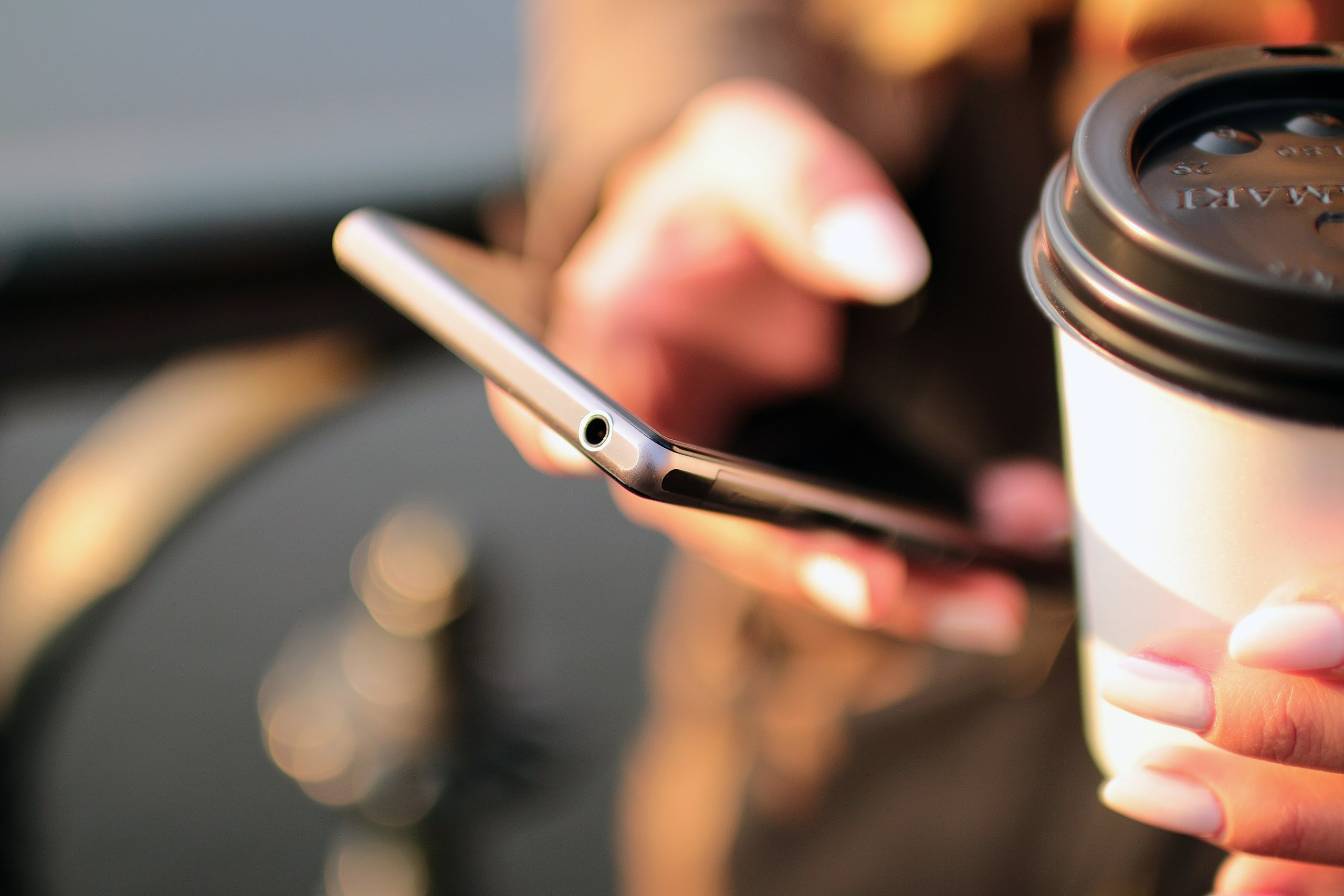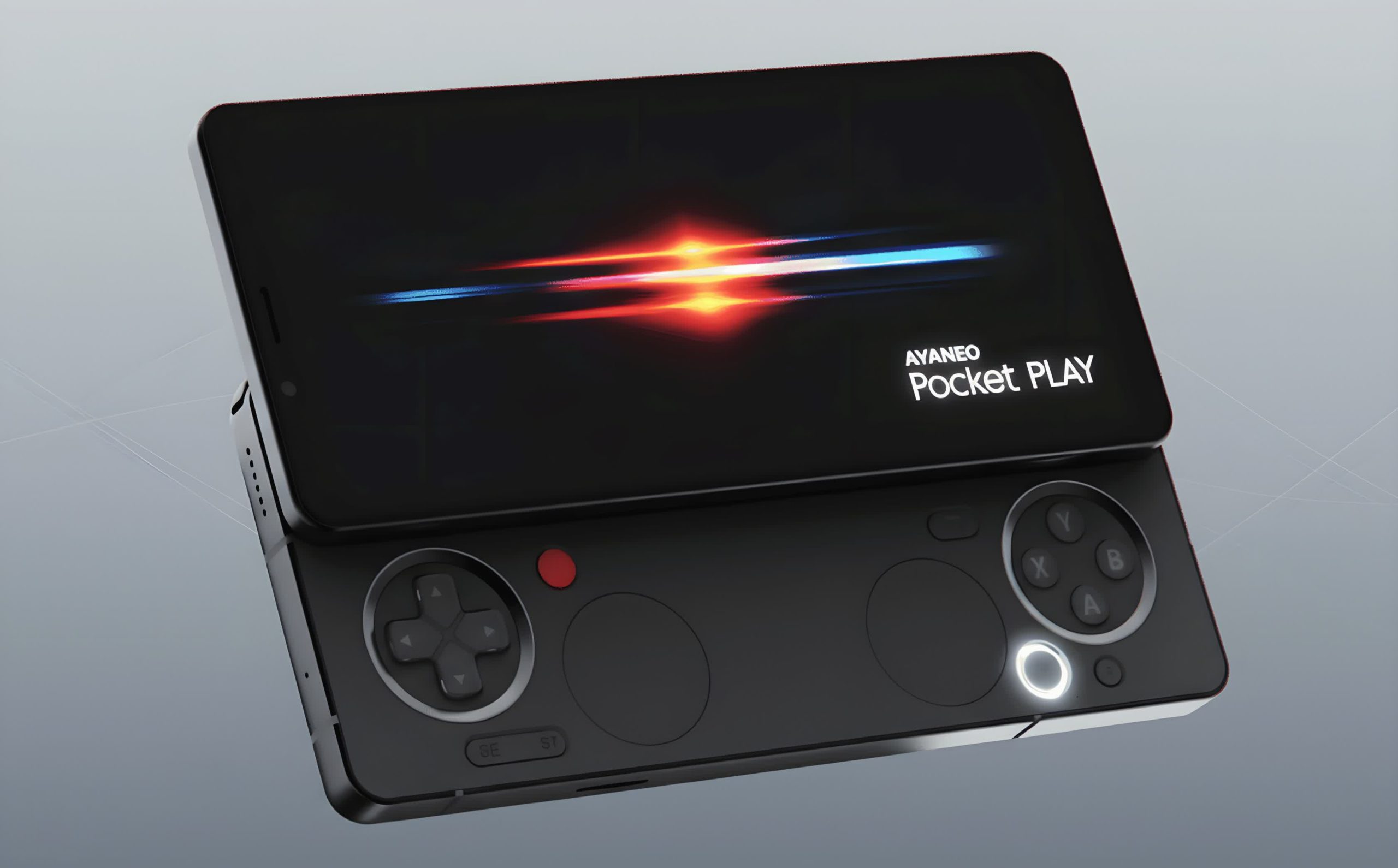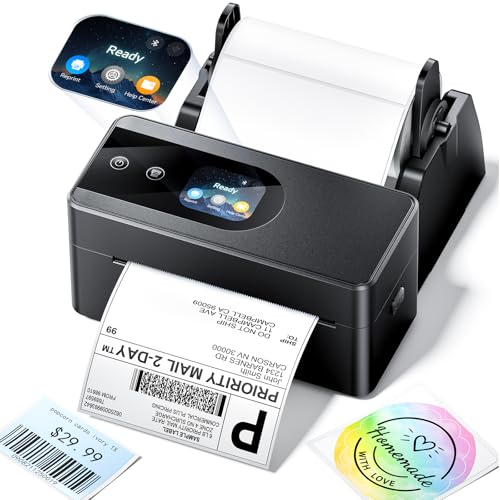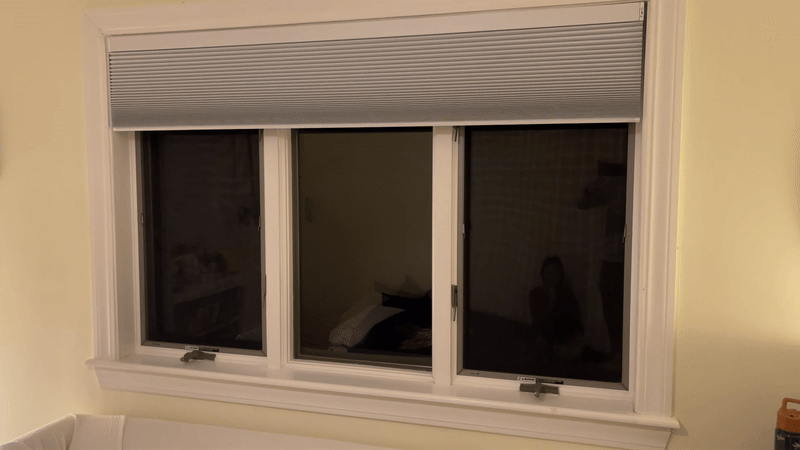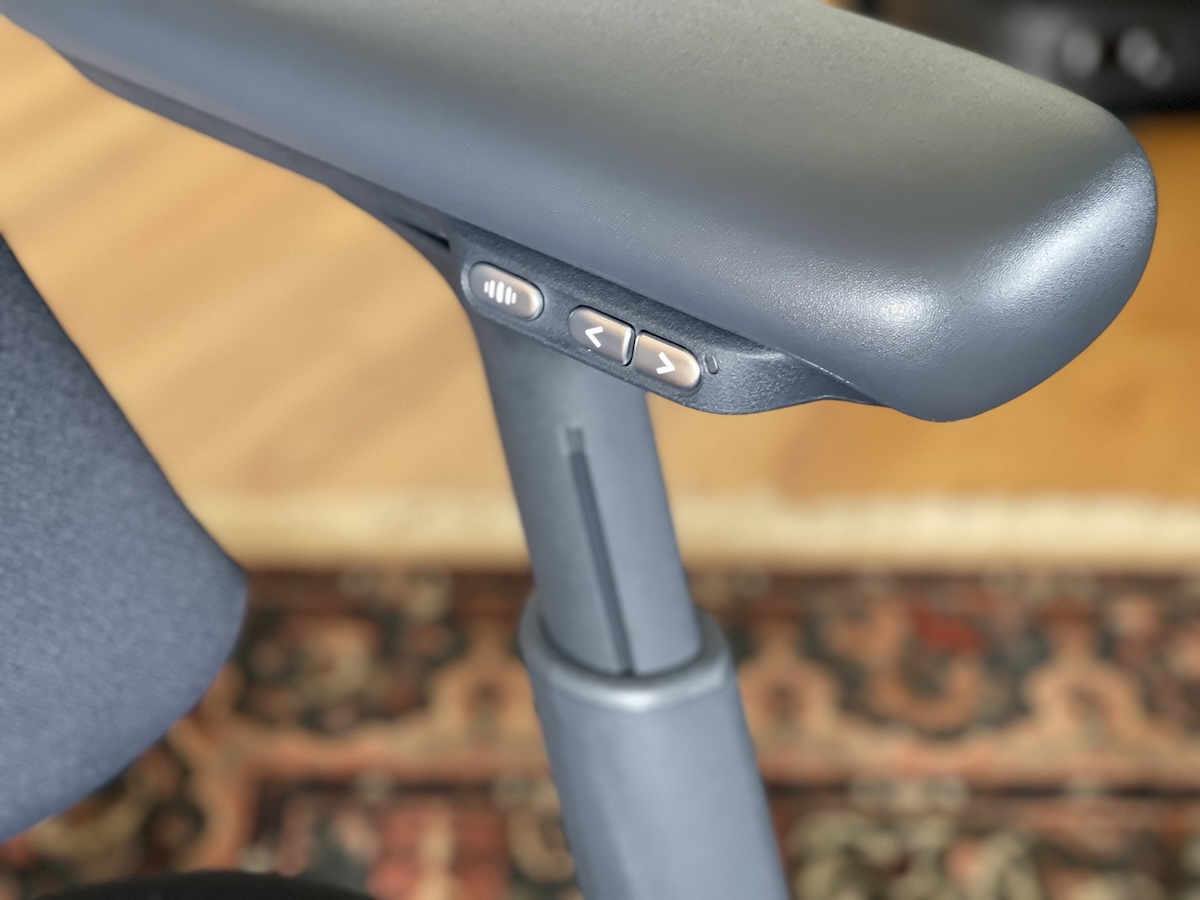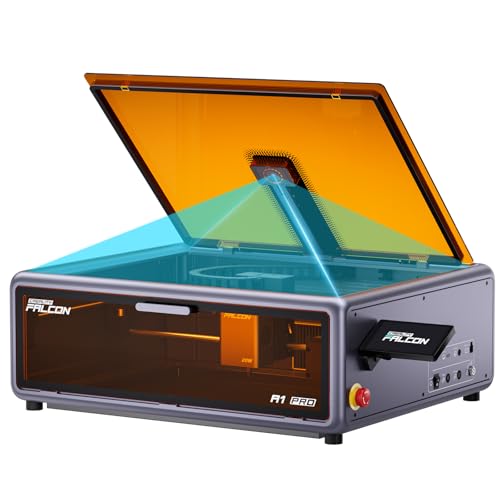Caught in a middle seat with nothing but your phone and that dogeared SkyMall catalog? That particular flavor of travel hell is about to become ancient history. United Airlines is rolling out SpaceX’s Starlink Wi-Fi across its fleet starting May 15th, and unlike most airline “upgrades,” this one actually delivers on the hype.
The new service is clocking download speeds averaging 128 Mbps with peaks above 230 Mbps during testing. If those numbers don’t mean much to you, just know it’s fast enough to binge Succession while your seatmate struggles with their tray table. Upload speeds hover around 24 Mbps – not blazing but sufficient for most of what you’ll need at cruising altitude.
What really separates this from the garbage Wi-Fi you’ve suffered through before is the gate-to-gate connectivity. No more digital dead zone during takeoff and landing – that was always a technical limitation, not an FAA requirement as most airlines conveniently let you believe. Starlink’s low Earth orbit satellites mean consistent coverage from the moment you buckle up until you’re dodging tourists in the terminal.
If you’re tired of paying the ransom fee of $8-$10 for barely-functional Wi-Fi that crashes whenever more than three people log on, United’s approach feels like a glitch in the matrix. The service is completely free for MileagePlus members – which costs nothing to join. The airline industry isn’t exactly known for giving stuff away, which makes this move all the more disruptive.
“We’re bringing Wi-Fi from just like your living room to the skies,” said David Kinzelman, United’s Chief Customer Officer, in what might be the first airline promise in decades that isn’t complete vapor. Testing shows the connection handles streaming, browsing, and even gaming with minimal lag – though video calls are discouraged, sparing us all from having to hear your colleague’s quarterly projections in seat 23B.
The technical edge comes from SpaceX’s constellation of low Earth orbit satellites, positioned much closer than traditional geostationary satellites that most airlines use. The proximity slashes latency and boosts speeds dramatically. Each Starlink kit weighs just 85 pounds versus 300 pounds for competitors’ setups, allowing for faster installation and less fuel burn.
Installation takes just eight hours per aircraft – lightning fast by aviation standards – and United is targeting over 300 regional jet installations before 2025 ends. The airline plans to eventually outfit all 1,026 planes in its fleet, creating the largest connected airline in the skies.
For frequent flyers, this fundamentally changes the travel experience. No more downloading Netflix shows in the terminal while anxiously watching the boarding clock. No more paying extortion-level fees for internet that barely loads text emails. And no more excuses for not responding to Slack messages during your flight to Chicago.
This rollout forces other major carriers to accelerate their own connectivity upgrades or watch their premium customers drift toward United. Delta, JetBlue, and Hawaiian Airlines have introduced free Wi-Fi, but none matches Starlink’s raw performance and coverage.
Some skepticism remains about how these impressive speeds will hold up when every passenger in some of the world’s largest airplanes is streaming, working, and gaming simultaneously. United claims the system can handle it, but the real test comes when the service hits mainstream adoption.





